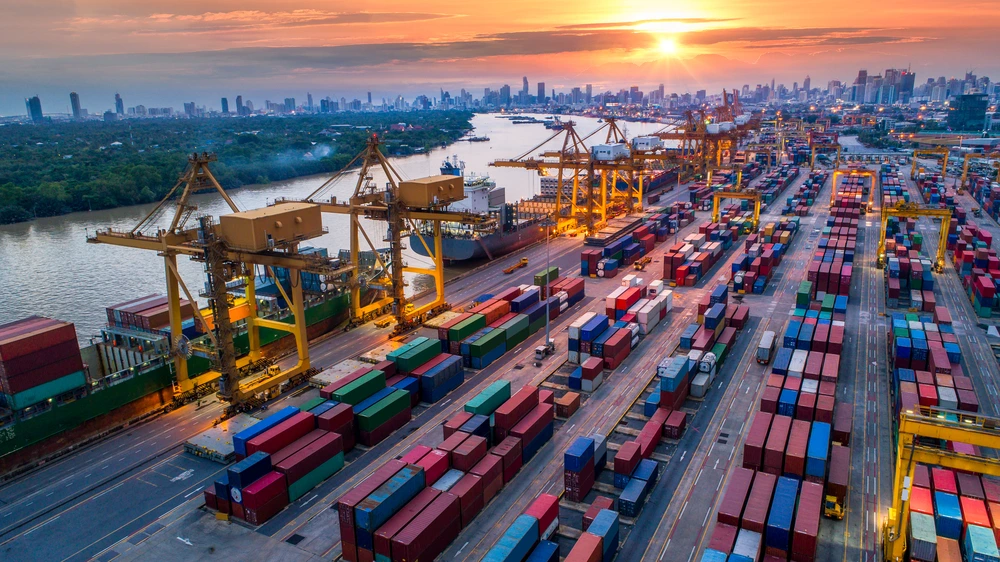The Central Bank of Paraguay reported a 4.2% annual GDP expansion, fueled by construction and services but tempered by agricultural struggles. Growth reached 3.6% year-on-year in Q4, capping a year marked by uneven sectoral performance.
Construction surged 13.6% in the final quarter, offsetting a 4.3% agricultural contraction linked to drought and reduced corn yields. Services and manufacturing drove gains, while energy output faltered due to low Paraná River levels.
Agriculture still grew 2.8% annually despite Q4 setbacks, buoyed by soybeans, wheat, and cotton. Private consumption rose steadily, supported by controlled inflation at 3.8%, though food prices climbed 6.2%.
Fixed capital investments jumped 8.1%, reflecting infrastructure upgrades, while government spending added modest momentum. Export revenues dipped 1.9% despite higher soybean and beef volumes, as global soybean prices fell 12%.
Imports outpaced exports, widening the trade gap. Moody’s upgraded Paraguay to investment-grade status in late 2024, citing fiscal discipline and a 2.6% deficit-to-GDP ratio. Nominal GDP hit $44.6 billion, with 2025 projections at $46.3 billion.
 Paraguay’s Economy Expands in 2024 as Infrastructure Investments Offset Agricultural Setbacks. (Photo Internet reproduction)
Paraguay’s Economy Expands in 2024 as Infrastructure Investments Offset Agricultural Setbacks. (Photo Internet reproduction)Hydroelectric exports dropped 18% due to water shortages, exposing energy vulnerabilities. Farmers adapted by diversifying crops, yet maize production fell 9%. The livestock sector grew 3.1%, though slower than 2023’s 5.4% pace. Inflation control allowed the central bank to maintain neutral rates, balancing growth and stability.
Economists forecast 3.8-4% growth for 2025, contingent on commodity markets and rainfall. Foreign investment in forestry and meatpacking rose 14%, signaling confidence. Persistent risks include El Niño disruptions and volatile soybean demand.
This resilience highlights Paraguay’s reliance on raw exports and infrastructure gaps. While growth outpaced regional peers, diversification remains critical as climate and global markets test its agro-driven model.

 By The Rio Times | Created at 2025-03-31 10:15:53 | Updated at 2025-04-03 22:07:53
3 days ago
By The Rio Times | Created at 2025-03-31 10:15:53 | Updated at 2025-04-03 22:07:53
3 days ago








